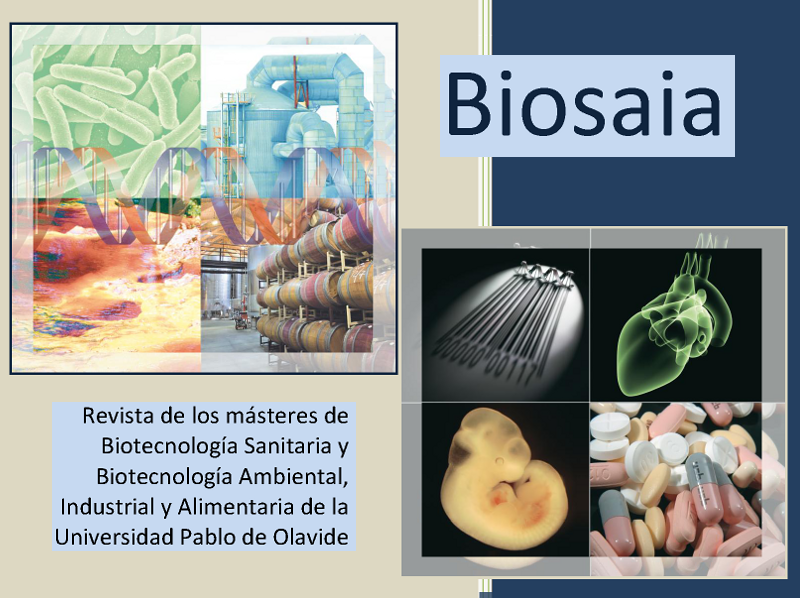Identification of compounds and genes that affect neurodegenerative diseases in Caenorhabditis elegans.
Palabras clave:
Motivation: Neurodegenerative diseases have become a global health problem that need more research to find a solution. Our group has described in the organism model Caenorhabditis elegans that the loss of function of the sul-2 gene, which encodes a steroid hormone sulfatase homologous STS human, improvement the symptoms of neurodegenerative diseases. Likewise, the compound STX64, an inhibitor of steroid hormone sulphatases activity, mimics the lack of sul-2 function. It has been described that ssu-1, the only C. elegans gene orthologous to human steroid hormone sulfotransferase, is expressed in ASJ amphids neurons. The initial hypothesis is to see if the improvement of the symptoms of neurodegenerative diseases in the sul-2 mutant and with the STX treatment is due to the accumulation of sulfated hormone, or on the contrary, to the decrease of the non-sulfated hormone.Resumen
Motivation: Neurodegenerative diseases have become a global health problem that need more research to find a solution. Our group has described in the organism model Caenorhabditis elegans that the loss of function of the sul-2 gene, which encodes a steroid hormone sulfatase homologous STS human, improvement the symptoms of neurodegenerative diseases. Likewise, the compound STX64, an inhibitor of steroid hormone sulphatases activity, mimics the lack of sul-2 function. It has been described that ssu-1, the only C. elegans gene orthologous to human steroid hormone sulfotransferase, is expressed in ASJ amphids neurons. The initial hypothesis is to see if the improvement of the symptoms of neurodegenerative diseases in the sul-2 mutant and with the STX treatment is due to the accumulation of sulfated hormone, or on the contrary, to the decrease of the non-sulfated hormone.
Descargas
Citas
McColl, G., et al., Utility of an improved model of amyloid-beta (Abeta(1)(-)(4)(2)) toxicity in Caenorhabditis elegans for drug screening for Alzheimer's disease. Mol Neurodegener, 2012. 7: p. 57.
Pérez-Jiménez, M.M., et al., Steroid hormones sulfatase inactivation extends lifespan and ameliorates age-related diseases. bioRxiv, 2019: p. 541730.





